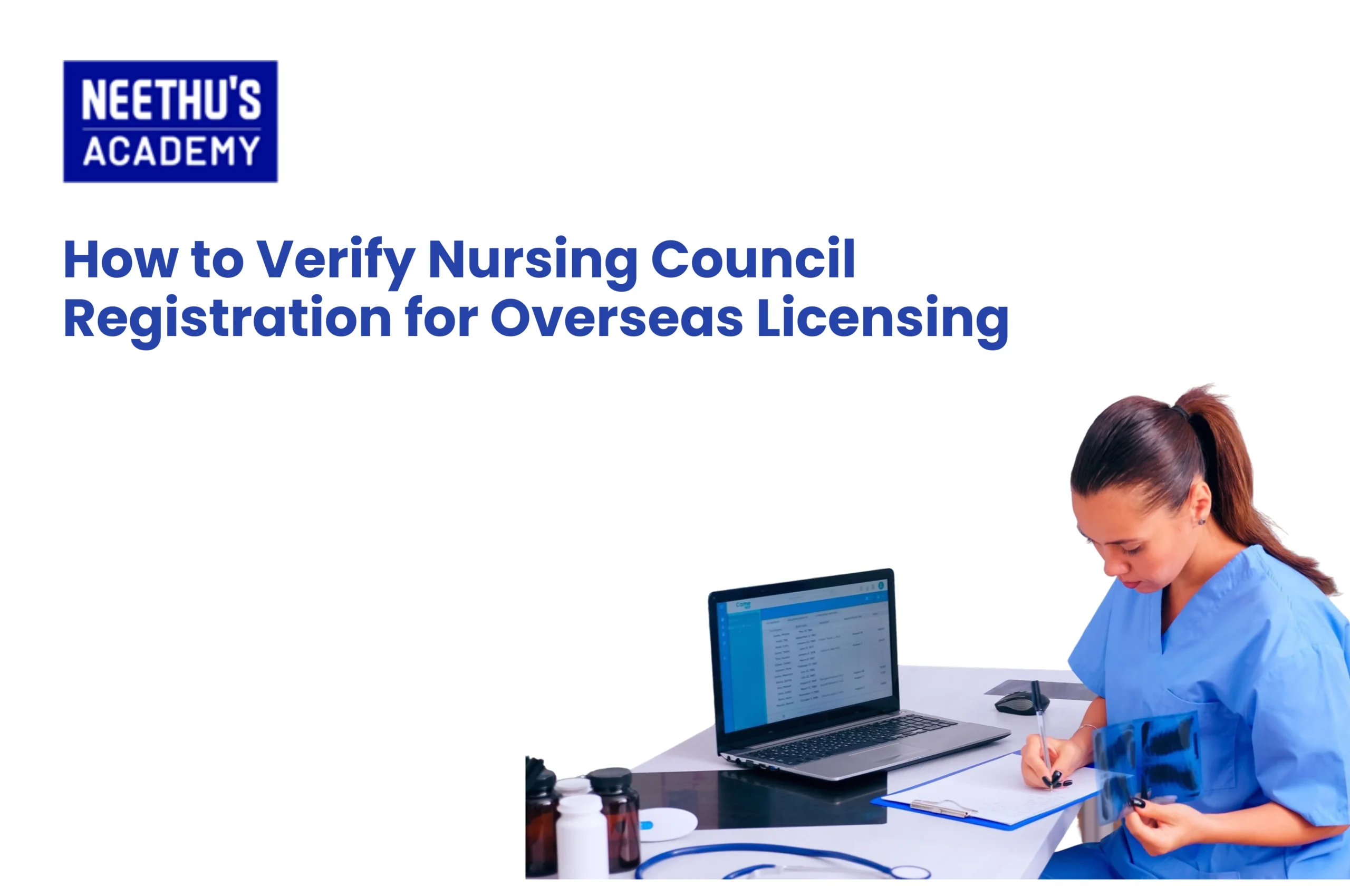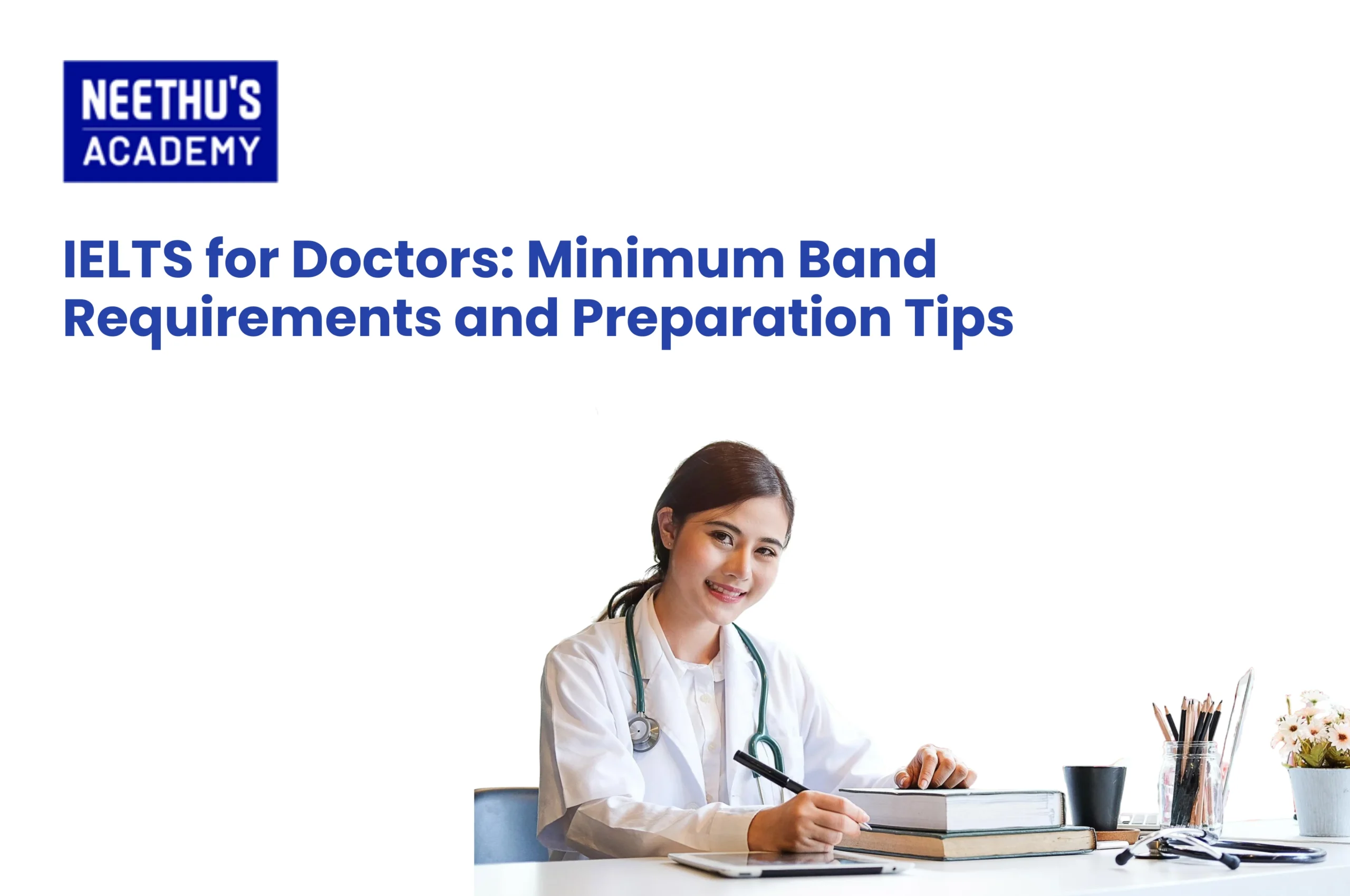Imagine you are running out of time and still have questions to complete! That would be the worst-case scenario while taking a…

How to Prepare for the PTE Exam: Tips from Experts!
Are you planning to take the PTE exam? Don’t worry you’re not alone! Preparing for the Pearson Test of English (PTE) can seem like a big task, but with the right approach, it doesn’t have to be stressful. Whether you’re aiming to study abroad or looking to improve your English skills for work, a solid preparation plan is key to achieving your desired score.
This blog is here to help you in your PTE journey. We’ll break down the PTE exam structure, share practical study tips, and offer advice on how to make the most of your study time. So, let’s dive in and get you ready to ace that exam!
Understanding the PTE Exam Structure
Before you start preparing for PTE, it’s important to know the structure of the test. The PTE Academic test is designed to evaluate you in four major areas and contribute to your score:
Speaking and Writing: This section evaluates your ability to communicate clearly in spoken and written English. It includes tasks such as reading aloud, repeating sentences, describing images, summarizing written texts, and essay writing. The integration of speaking and writing tasks means you’ll need to demonstrate proficiency in both oral and written communication simultaneously.
Reading: The reading section has multiple-choice questions, re-order paragraphs, fill-in-the-blanks, and tests one’s ability on comprehension. You will be evaluated based on how best you can understand and interpret written English, from simple texts to complex, in-depth academic passages.
Listening: This section comprises listening to recordings or audio clips and responding to questions regarding what is heard. Question types include summarizing spoken text, multiple-choice questions, and fill-in-the-blanks. This section evaluates the ability to comprehend spoken English by the candidate under various accents and in varied contexts.
Understanding the PTE exam structure is essential in any preparation journey. It helps you stay tuned with your study plan and focus on areas that need work the most.
Step-by-step guide to prepare for PTE exam
To perform well on the PTE test, a step-by-step guideline will help you prepare. Here is a step-by-step preparation guide to prepare for the PTE exam either at home or in a study center:
Check Your Current Level: First of all, take a practice test to assess your current level in English. In that way, you will learn your weaknesses and strong points to work on those weak areas. There are many websites where free diagnostic tests are available, which engage you in a simulated PTE exam.
Set a Realistic Goal: Depending on the practice test scores, set a target of what you aim to achieve in PTE examination. The goal should be such that you can actually achieve it by preparing within the time you have. For example, if your current score is around 50, but you need a minimum of 79 for visa purposes, that will need you to study some more hours.
Make a Study Schedule: Develop a study schedule that covers all sections of the exam. Your study plan should also be flexible enough to adjust as you improve in certain areas and identify new challenges.
Focus on Enabling Skills: Practice your grammar, pronunciation, and vocabulary, in a daily manner, to improve your overall language ability.
Take Regular Practice Tests: Include regular practice tests in your overall study timeline. These tests will familiarize you with the exam format, improve time management, and reduce anxiety on test day.
Review and Reflect: After each practice test, go through all the answers carefully. Look out for your errors and work on enhancing those areas. Make reflections that will help you realize the progress you have made and how you should readjust your study plans
Seek Feedback: Seeking feedback can provide insight into your performance and how to make yourself better. Constructive feedback is always valuable in areas such as speaking and writing, where the issues may not be very noticeable on your own.
Stay Consistent: It is very important to be consistent with your PTE exam preparation. Do not leave studying all for the last minutes, but dedicate or squeeze in a little time every day regarding the preparation.
PTE Preparation Resources
Official PTE Study Materials: Pearson, the exam’s official provider, offers a range of study materials, including practice tests, guidebooks, and sample questions. These resources are specifically designed to help you understand the exam format and practice effectively. Start with these materials to ensure you’re familiar with the exact type of questions you’ll encounter on the test.
PTE Tutorials: PTE Tutorials offer a structured tutorial, expert guidance, and a lot of practice. The professional tutor will try to help you prepare strategies, as well as give feedback on a more personalized level according to your needs.
Mobile Apps: There are several mobile apps dedicated to PTE preparation. These apps offer practice questions, vocabulary exercises, and mock tests that you can use on the go. Apps are particularly useful for making the most of short, daily study sessions, such as during your commute or lunch break.
Online Forums and Communities: Join online forums and communities where PTE test-takers share their experiences and tips. Participating in discussions with others will not only be a source of invaluable insight but will also be an important source of motivation.
YouTube Channels and Blogs: There are many teachers and PTE experts out there who share a lot of free content related to the PTE exam through their channels on YouTube, and even through blogs like this one!
Test Day Tips
Get a Good Night’s Sleep: Prepare well beforehand; try to have a good night’s sleep before D-day. With a good night’s sleep, you will be well-rested, lucid, and prepared for the test.
Arrive Early: Make sure you arrive at the test center well before your scheduled time. This will give you enough time to check in, relax, and settle any last-minute nerves.
Relax and Stay Focused: During the test, just relax and go through each question one at a time. If a question is too hard, don’t get bogged down on it,skip it and come back later if you have time.
Manage Your Time Wisely: Time is very crucial in the PTE examination. Keep a note and ensure that for every section, you are taking your time. Practice pacing during your preparation so that you will be comfortable within the time limits.
Follow Instructions Carefully: Read and listen to all instructions very carefully before starting each section. Misunderstanding instructions can get you into problems. Take a brief moment to make sure you understand what is asked before actually beginning to answer.
Post-Exam Actions
Performance Review: Reflect on how you performed during the exam. Take note of any sections that were particularly challenging, as this will help you prepare better if you decide to retake the exam.
Wait for Your Results: Generally, PTE results are available within five working days. As you wait, do not overthink and stress yourself about the results. This should be the time to relax and get back the energy to consider planning on the next course in your academic or professional journey.
Plan Your Next Steps: Depending on your results, decide on your next steps. If you achieved your target score, it’s time to focus on your application process for a university or visa. If you fell short, consider re-taking the exam after additional preparation. Reflect on your preparation strategies and make adjustments as needed to improve your performance on a subsequent attempt.
To sum things up
Embarking on your PTE exam journey doesn’t have to be daunting. With a well-organized preparation plan and the right tools at your disposal, you can approach the test with clarity and confidence. Focus on understanding the exam format, practicing diligently, and utilizing the resources available to you.
Every step you take will bring you closer to your goal. Embrace the process, stay motivated, and remember that each effort you make is a step toward achieving your dream. You’re ready for this. Now go out and show what you’re capable of!
Related Blogs
- All Posts
- OET
In case you are immigrating to Canada or looking for higher studies in the French-speaking parts of the nation, then the TCF…
Feeling a bit overwhelmed about the OSCE? You're not alone! The Objective Structured Clinical Examination is a big step in your medical…
Course Enquiry
Latest Posts
- All Posts
- canada
- CBT
- DHA
- French
- GENERAL
- German
- Haad
- IELTS
- IQN NEW ZEALAND
- MOH
- NCLEX-RN
- NHRA
- OET
- OSCE
- Pearson Vue
- PROMETRIC
- PTE
- TOEFL
- Back
- NCLEX - NGN
- Back
- OET FOR PHYSIOTHERAPIST
- OET FOR PHARMACIST
- OET FOR DOCTORS



Frequently Asked Questions
To prepare for the PTE exam, start by understanding its format and sections: Speaking, Writing, Reading, and Listening. Create a study plan that covers all areas, using practice tests to gauge your progress. Focus on improving your English skills daily through reading, writing, listening, and speaking exercises. Utilize official PTE preparation materials, join online forums for tips, and consider taking a preparation course if needed.
The PTE test can be challenging for beginners, especially if you’re not familiar with the test format or if English isn’t your first language. However, with consistent practice and a clear study plan, beginners can definitely succeed. It’s important to familiarize yourself with the test structure and practice regularly to build confidence and improve your skills.
The difficulty of the PTE exam varies from person to person. While it might seem easy for those who are already proficient in English, it can be more challenging for others. With thorough preparation and practice, the test can become more manageable. Understanding the test format, practicing with real exam questions, and improving your English skills are key to making it easier to crack.
The PTE (Pearson Test of English) is an English language proficiency test designed to assess your ability to communicate in English. It is used for academic, professional, and immigration purposes. The test evaluates your skills in Speaking, Writing, Reading, and Listening through a range of tasks, and is recognized by universities, employers, and governments worldwide.
